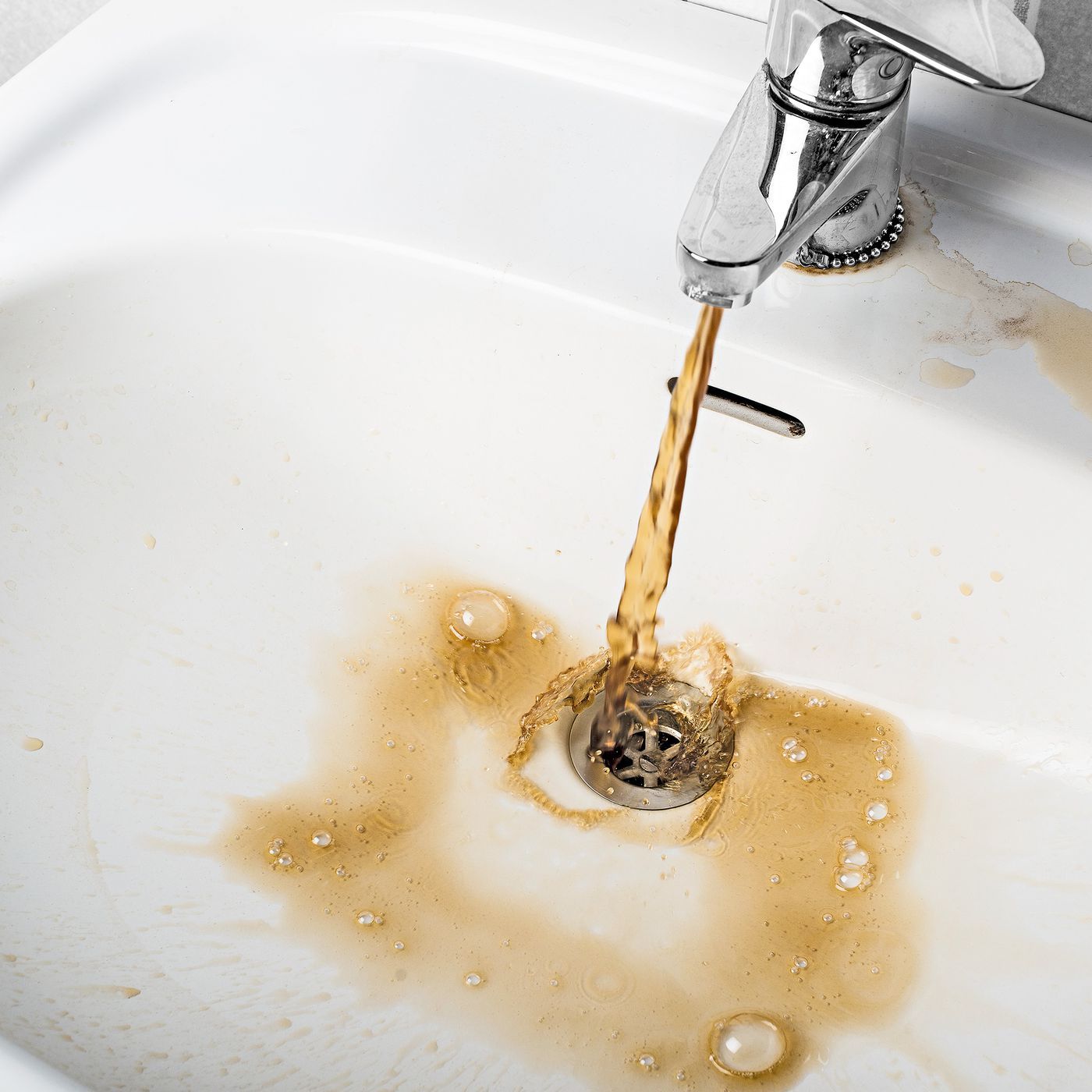Dissolved Iron
Dissolved Iron
Background on Dissolved Iron
SOURCES
Iron is naturally found in the earth’s crust, and dissolved iron found in groundwater that is not exposed to oxygen. Water with ferrous iron is clear and colorless until oxygen is absorbed and reacts with the iron to form non-soluble ferric oxide (iron oxide or “red rust”). The iron in homes may b e from the incoming water supply, or corrosion of steel piping components.
CONCERNS
Based on the EPA, the secondary regulation limit for iron in drinking water is 0.3 mg/L. This number is strictly based on aesthetics (odor and taste) as iron is not considered a health risk. Iron is essential for good health because it helps blood to transport oxygen around the body. The reasoning for the limit on iron is that it stains and contaminates anything it touches leaving a gray, black, red-brown , or yellow-brown stain, and has an unpleasing odor and taste in drinking water. Iron may also promote the growth of iron bacteria (non-disease producing). They grow and multiply in water, then oxidize the iron to insoluble ferric state to make a thick rust colored slime or sludge on fittings or hoses. Organic iron combines with organic matter (tannins) to stain water. This form is usually found in shallow wells and surface water.
REMEDIES
Treatment of iron can include: aeration, filtration, adding chlorine bleach, hydrogen peroxide or ozone, flushing, or cleaning by soaking iron stains in sodium metabisulfite (iron out or rust out).

